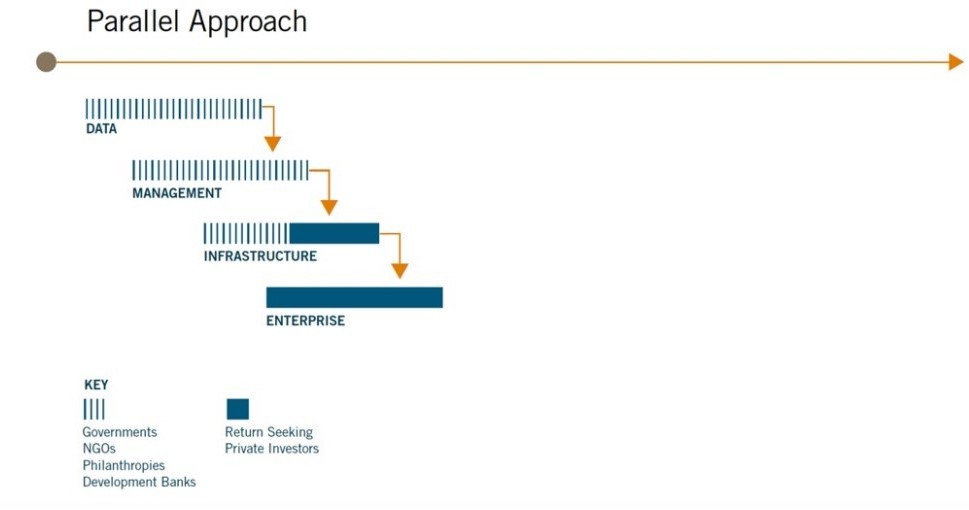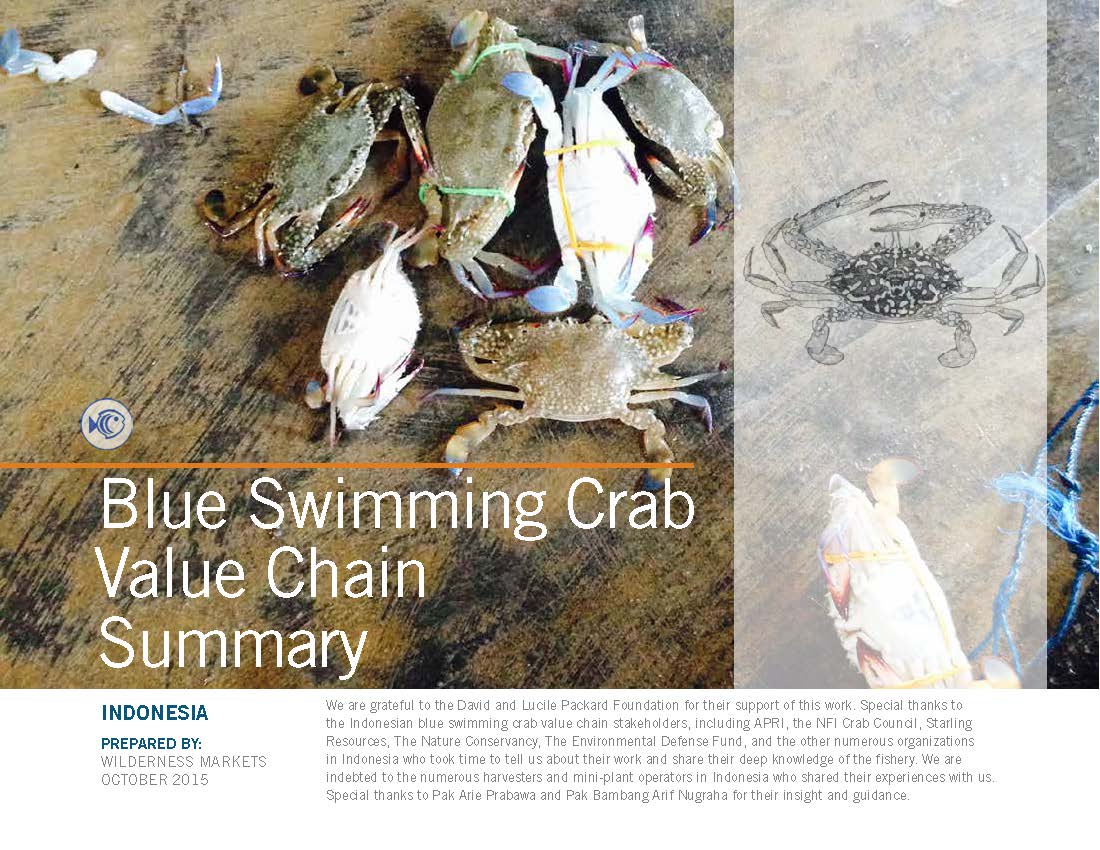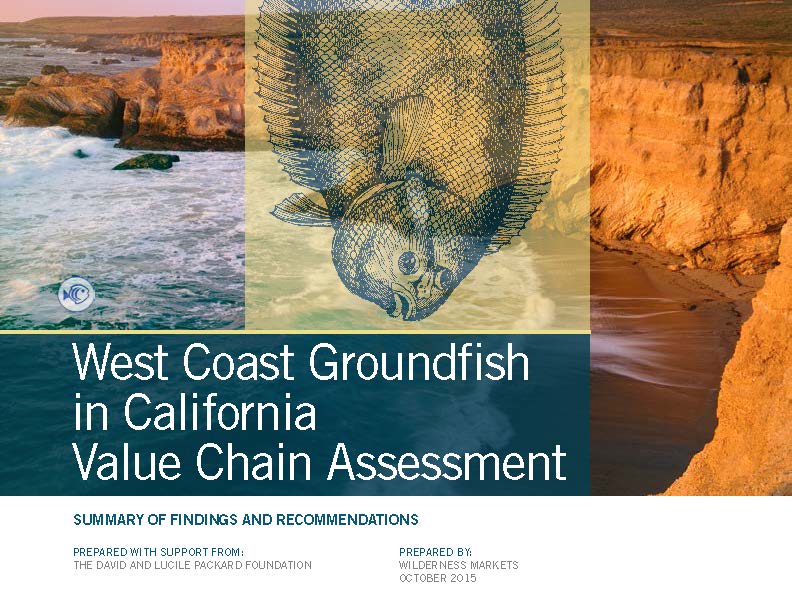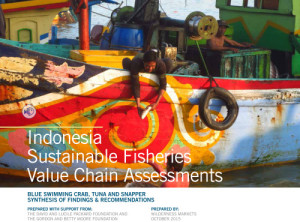Governance or a Markets Approach? Both. Adopt a Parallel Approach to Fisheries Reform
In our previous posts, we’ve discussed reasons and ways for involving private capital in fisheries reform, including taking a lead firm approach. This post about the parallel approach is a direct follow-up to the three models we propose for investment sequencing; we recommend checking out that post first.
Overview
Is there only one way to make a fishery sustainable? We don’t think so. That said, we do know that there are some key areas that need support on the way to sustainability. Indeed, whether to consider a “governance” or “markets” approach to fishery sustainability is a false dichotomy. In areas where a market is present, which is most, governance and markets must be considered simultaneously and balanced for the short and long-term benefits.
The working model we’re developing adopts a parallel approach to address the challenges associated with developing countries fishery reform. In this approach, the markets, and by definition, the private sector, are key partners. The commercial relationships with harvesters developed by this model are critical to ensuring support for long term fisheries reform given the lack of representation and organization at the base of the value chain. We explain our thinking in more detail below.
Approaches to Management
Under ideal circumstances, fisheries reform would have a “serial” approach to design, implement, and enforce regulations. Scientific and economic data would be the bases for robust fisheries management. With reasonable assurance that stocks will not be overfished, value chain participants can plan investments in tandem with stock recoveries.

Emerging market fisheries face significant social and political concerns to the serial approach. For example, legislating changes that result in reduced fishing effort to promote species and stock recovery has political and social ramifications that not all governments are prepared to address. Furthermore, the cost of enforcing such changes are likely to be higher than what is considered normal – both in monetary and social terms.

Given the desire to reform fisheries while also demonstrating the economic benefits associated with such reform, we propose that a “parallel” approach may be more appropriate in emerging markets. In this approach, different actors work in tandem to develop and implement measures to increase sustainability.
What’s are the Management Basics?
Investments to improve data and management are primary concerns for fisheries reform as these will demonstrate the success and costs of various efforts. Though species, geographies and cultural norms vary, there are some agreed-upon fishery management principals which will be informed and supported by good data. These include five parameters for:
- size,
- sex,
- seasons,
- geographies and
- ability to access to the fishery.
Generally, social and legal changes necessary to create and enforce these management measures increase as complexity and distance from the resource increases. The degree to which the value chain can enforce them runs in the opposite direction. That is, the value chain has the greatest potential to enforce size, sex and seasons, but their ability to enforce rules decreases for geographic restrictions and even more so for access control. Rulemaking must involve local society and governments, and their participation is particularly important for complex tasks like access and geography restrictions.
The blue swimming crab (BSC) fishery in Indonesia is a good example of a parallel approach opportunity that currently engages both the value chain and government. National government has already adopted and passed restrictions regarding size and sex. The challenge now is how best to implement and enforce these efforts.
Working Model
In our parallel approach model, value chain stakeholders in Indonesia have begun gathering data to help inform and reinforce decision-making. At the same time, the provincial government, in cooperation and communication with the local community, will set standards and provide enforcement for the five parameters. Managing seasonality, geographic limits and access restrictions are also actionable through the value chain. However, these will require a higher degree of social acceptance, enforcement and value chain adoption. Good data from working closely with cooperatives and harvesters will provide foundation for the harvest control strategies. We envision starting with the easiest strategies first, essentially moving from 1 (size) down to 5 (access control) over a period of less than four years for creation and testing of the rules. It is imperative that the local government and community create the standards to ensure the lead firm can work to establish sustainability within the fishery.
The value chain and lead firm approaches provide a valuable opportunity to implement effective enforcement needed to achieve sustainability. Value chain participants can insist on the adoption of these standards, which may then be verified based on effective data collection and using internal and external audits. The current working model also includes a proposal for the lead firm to make purchases through a preferred supplier network currently formed as a cooperative. Consequently, access to finance for value chain stakeholders will be contingent upon their compliance with the rules. Working in collaboration with local cooperatives and harvesters, the economics of this fishery are such that all participants should benefit from improved BSC size and abundance.
Final Thoughts on the Parallel Approach
Ideally, government would provide the necessary framework and policies to implement these strategies, while providing effective enforcement as in the serial approach to reform. However, in the absence of this involvement, providing market-based opportunities to adopt these measures in a socially acceptable manner may provide a viable alternative approach, which is why the parallel approach is the most viable in many fisheries like BSC in Indonesia.





